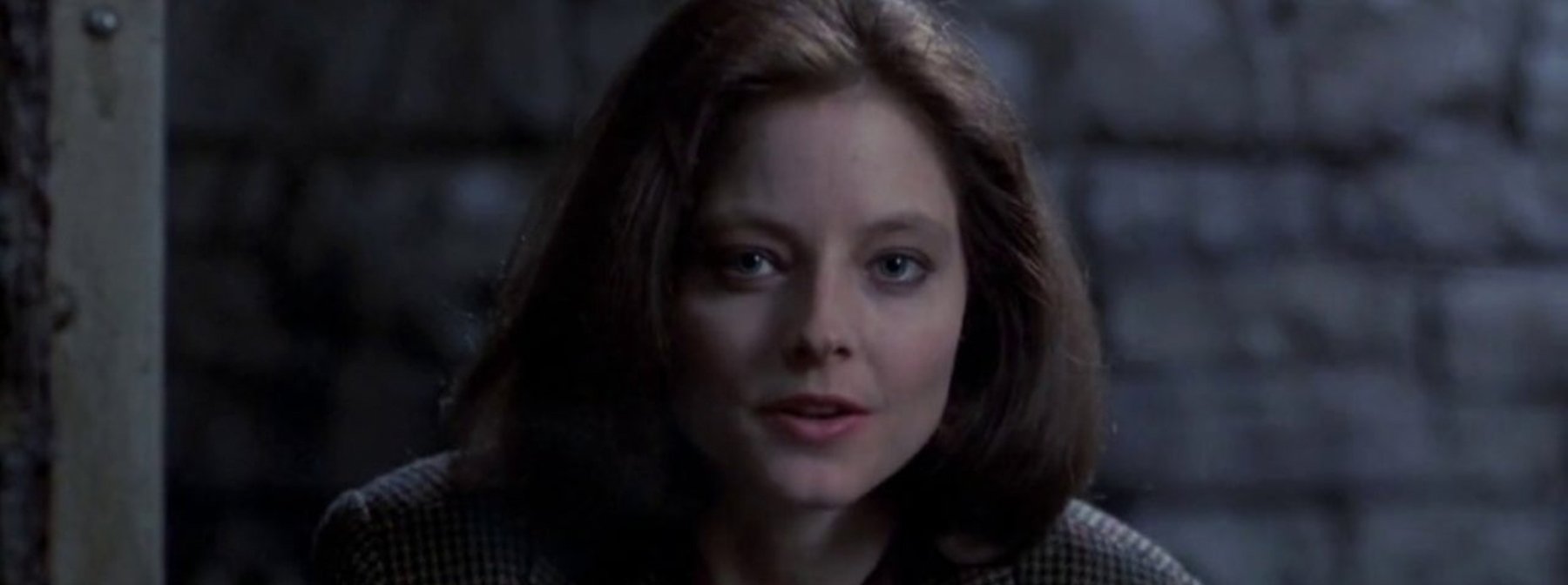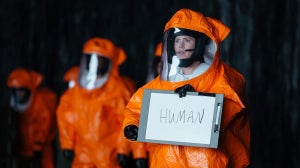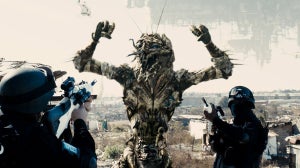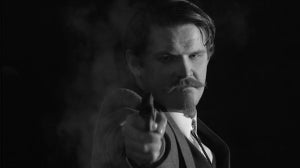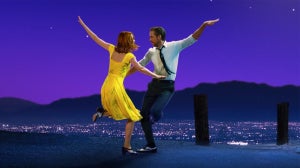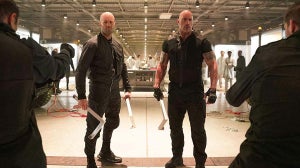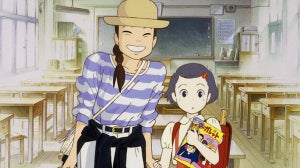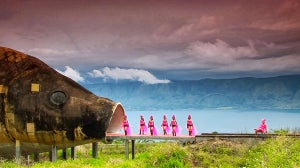
But dig a little deeper into the 1990s and there’s memorable portraits to be found. Some comedic – think Cher Horowitz – some more assertive, like Jackie Brown.
They followed in the footsteps of a small, unassuming FBI trainee, who made her first appearance in 1991. Her name was Clarice Starling.
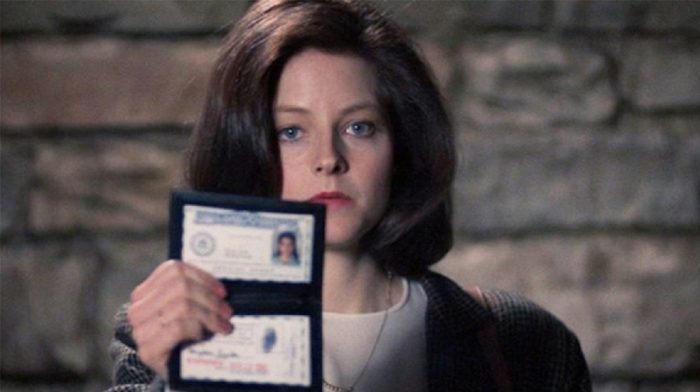
The woman at the centre of Jonathan Demme’s Silence Of The Lambs looked fragile, was towered over by the male agents surrounding her, and spoke in quiet, measured tones.
Yet 30 years on from the film’s release, and as played by Jodie Foster, she’s achieved iconic status as one of the key forerunners of the women we see in today’s movies – and that we certainly weren’t used to in the '90s or in the decades before.
Right from the start, Demme and screenwriter Ted Tally go to great lengths to establish her character – not a renegade agent in the mould of James Bond, but somebody who lives in a well-ordered world, doing her paperwork, eschewing luck or intuition in favour of solid detective work and playing it by the book, which helps promote her cause with her superiors.
She respects the organisation and its rules, and it all makes her exactly the right choice to go head to head with the genius of Hannibal Lecter (Anthony Hopkins), who she’s charged with questioning to get into the mind of serial killer Buffalo Bill.

Those scenes between her and Lecter are perhaps the most memorable of the film: the intellectual sparring, his veiled threats of turning her into dinner and his use of sexual language to unsettle her. But, despite feeling the fear, she refuses to be derailed, earning his respect to the extent that he comes to see her as an equal in their confrontations.
It’s those sequences with Foster and Hopkins that created the illusion of the film belonging to Hannibal. Even if he’s only on screen for a grand total of 16 minutes. But, in truth, it belongs to Clarice, and we see the action through her eyes, almost as if we are her.
Demme gives us a series of close-ups – her initial meeting with her boss Crawford (Scott Glenn) when she gets her assignment, coming face to face with Buffalo Bill and, of course, Lecter himself.
All disconcerting moments in their individual ways, but all from her perspective: each shot of her opponent shifts to another close-up, that of Clarice herself. And it becomes apparent who really owns this story.
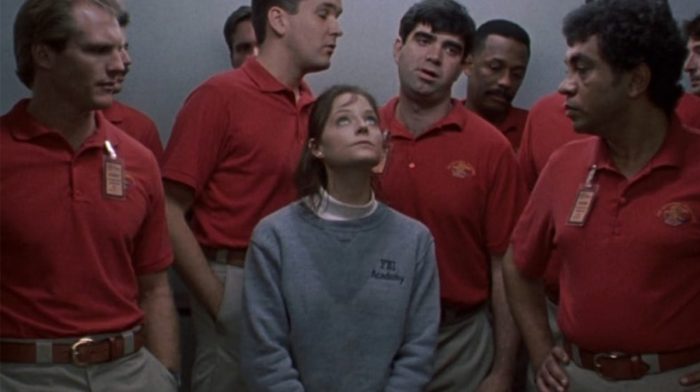
In her Oscar acceptance speech, Foster described the character as a “strong and beautiful feminist hero.” That strength is at its height in how she copes with – and refuses to be distracted by – the unrelenting misogyny she finds at just about every turn.
Her mainly male FBI colleagues dominate her with their presence, leer at her, ignore and exclude her. Lecter’s inmates hurl horrible sexual abuse in her direction. Psychiatrist Dr Chilton (Anthony Heald) – another close-up – is skin crawlingly belittling.
Not that she’s immune to any of this but, like her fear of Lecter, it’s covered up and she refuses to let it get in her way. Self-doubt doesn’t get a look-in, not outwardly anyway. She simply gets on with the job in hand.
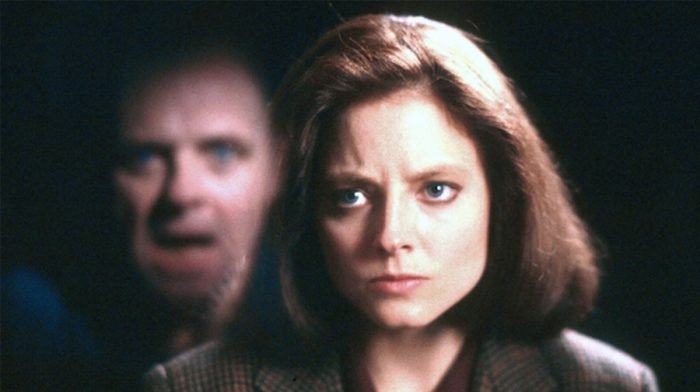
And she kicks ass. Not in the literal way we’ve seen in more recent years, courtesy of the likes of Charlize Theron and Vanessa Kirby. She doesn’t need to get physical, relying on her intelligence and courage to see her through.
Put simply, she doesn’t scare easy: when she discovers that severed head in the abandoned storage unit she doesn’t flinch, and when she finds herself on Buffalo Bill’s doorstep, she doesn’t back off. What the lowly trainee does is to put an end to his crimes against women.
Make no mistake though, she’s not unaffected by the emotional demands of her job. After her first session with Lecter, she cries by her car outside the asylum and she’s clearly upset when she views the body of one of Buffalo Bill’s victims. She’s human, after all.
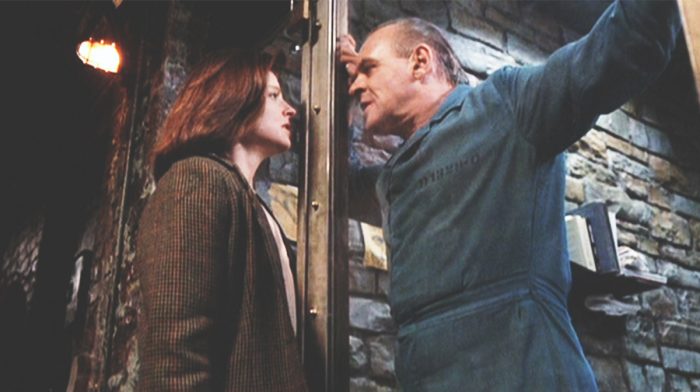
Foster summed it up herself in an interview a few months after the film’s release.
“The thing I really love about Clarice Starling is that this may be one of the first times that I have seen a female hero that is not a female-steroid version of Arnold Schwarzenegger...
"Clarice is very competent and she is very human. She combats the villain with her emotionality, [her] intuition, her frailty and vulnerability. I don’t think there has ever been a female hero like that.”
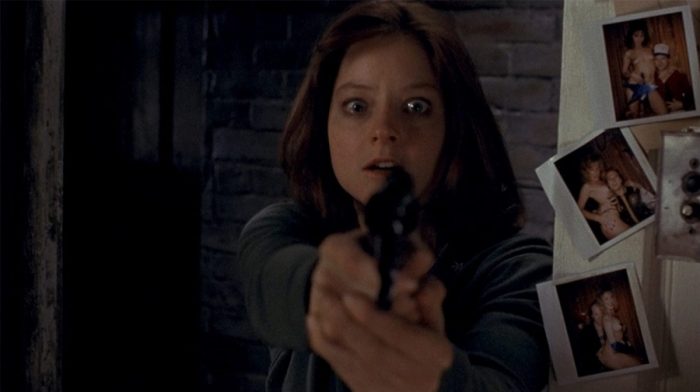
But there have been others since. Jessica Chastain’s single-minded Maya in Kathryn Bigelow’s Zero Dark Thirty operated in a male-dominated environment some 20 years later, a composite character responsible for tracking down Osama Bin Laden.
Or the smart, hardworking Marge Gunderson in the Coen brother’s Fargo. Pregnant for most of the film, she still manages to do her job better than the men around her.
When Clarice arrived on our screens, women characters turned a corner. They’ve never looked back.
For all things pop culture and the latest news, follow us on Instagram, Twitter, Facebook, YouTube, and TikTok.

